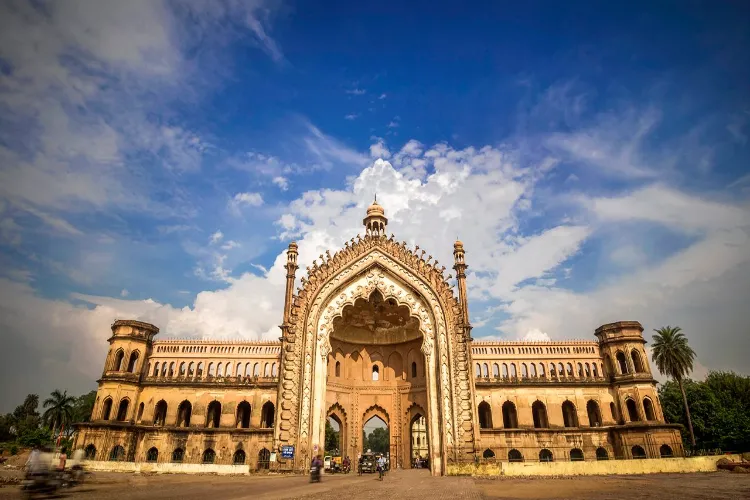
Vidushi Gaur/ New Delhi
In the lanes of Old Lucknow, the aroma of slow-cooked biryanis, melt-in-the-mouth kebabs and fragrant sweets rises like an invitation to history. This is not just food, but culture, a culture built over centuries in which royalty and everyday communities alike shared the kitchens, the streets and the stories. Recently, the city’s culinary legacy gained a powerful new recognition: Lucknow was declared a “Creative City of Gastronomy” by UNESCO, underscoring its place on the global map of food heritage.
Lucknow’s cuisine is rooted in the royal kitchens of the Nawabs, where the “dum-pukht” technique (slow cooking in sealed pots) elevated simple ingredients into layered elegance. From the famous galouti and tunday kebabs to rich mutton nihari, aromatic Awadhi biryani, and delicate vegetarian dishes and sweets, the palette is wide and welcoming.
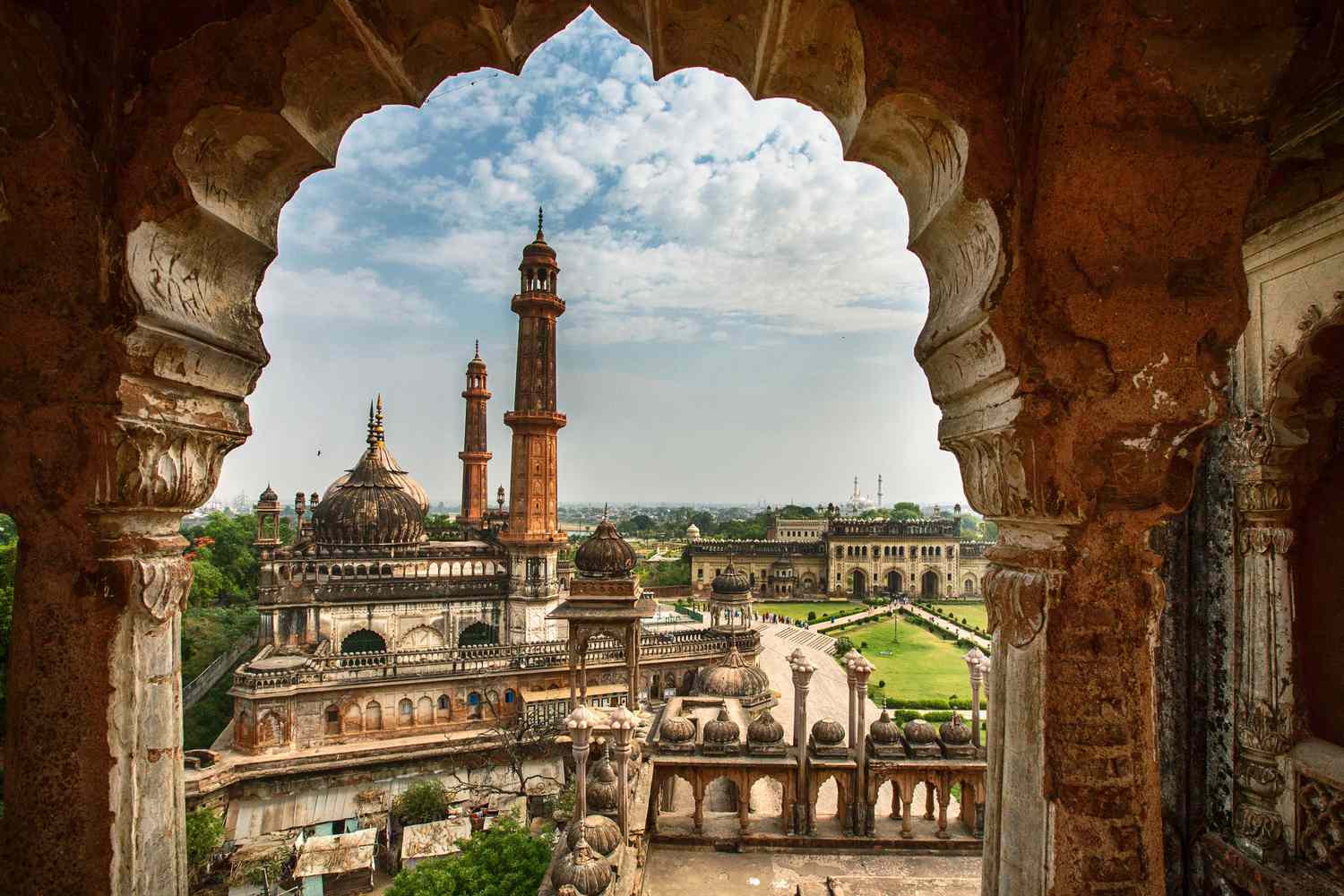
View from the Bada Imambada, Lucknow
Yet this cuisine is more than regal indulgence. It is the product of a social fabric in which Muslim royalty, Hindu artisans and traders, street vendors and home kitchens have all contributed to a shared food culture. That collective tradition is part of what earned Lucknow the UNESCO badge, with the dossier emphasising how cooking methods, recipes and hospitality practices pass across communities.
In Lucknow, food acts not just as sustenance but as a bridge between cultures and communities. Obrient in this context is the city’s famed Ganga-Jamuni tehzeeb, a term for the syncretic culture of Hindus and Muslims living side by side, sharing festivals, food and festivities. A celebrated example: during the “Bada Mangal” communal feast, a Nawabi family hosts everyone, regardless of faith, in a tradition of shared meals that symbolise inclusion.
 Bajpai ki Puri. Lucknow
Bajpai ki Puri. Lucknow
At a railway platform hawker’s stall in Chowk, you will find Muslim and Hindu vendors side by side selling puris and sabzi, kachoris, jalebi trays and kebabs. At a banquet hall, a wedding menu might carry both vegetarian Awadhi thalis and meat-rich slow-cooked kormas. On the streets, the circular flick of a frying pan, the medley of chutneys and aromas, belong to no one faith, only to the city’s collective identity.
The UNESCO honours weren’t just symbolic. As part of the application, Lucknow’s Tourism Directorate mapped recipes, oral traditions and vendor histories from heritage kitchens through to street-food stalls. With the designation now official, local policymakers are working to use the momentum to support small food entrepreneurs, promote sustainable cooking methods and boost gastronomic tourism.
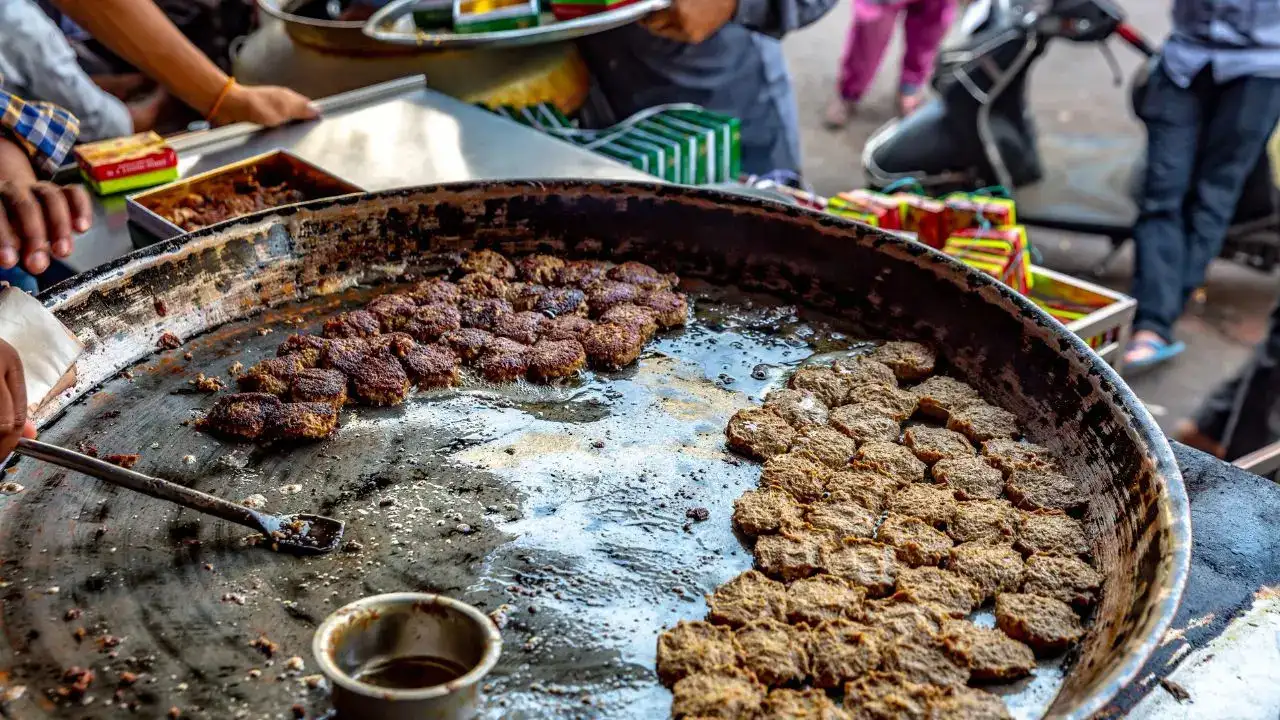 Galauti Kababs, Lucknow
Galauti Kababs, Lucknow
For food lovers, the city presents a rare dual appeal: revered royal dishes such as nihari and biryani alongside vegetarian delights and street snacks. Vegetarian classics like Bajpai ki puri, durga ke khaste and sweets like motichoor ke laddu, malai paan illustrate that Awadhi cuisine does not belong only to one style or one community.
Lucknow’s food story holds a deeper social message: it reminds us that community and cooking go hand in hand. Sharing meals has long been part of the city’s ethos and in a time when polarisation can feel overwhelming, the lanes of Lucknow show the opposite: a city where diverse communities have thrived by eating together, serving one another and keeping traditions alive.
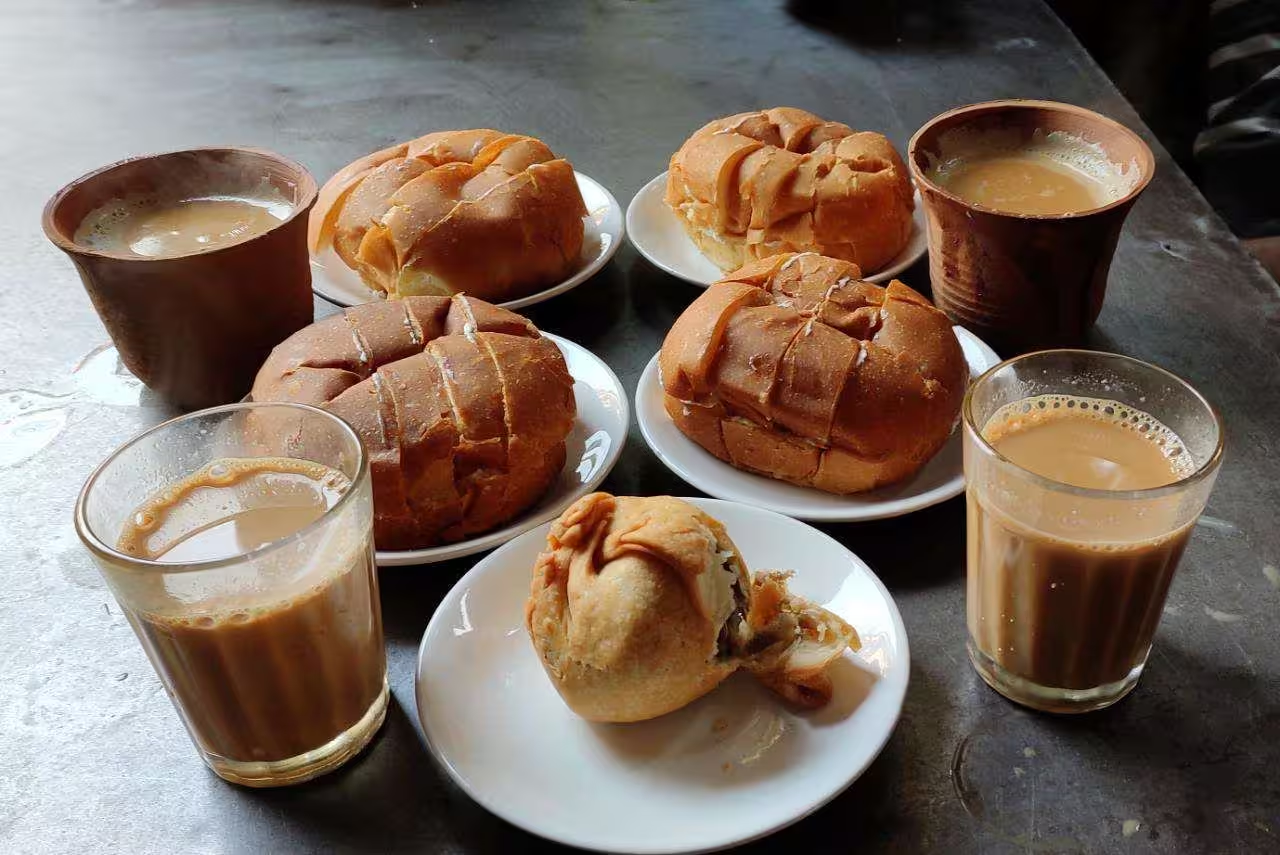 Bun-Makkhan, Samosa and tea from Sharma ki Chai, Lucknow
Bun-Makkhan, Samosa and tea from Sharma ki Chai, Lucknow
A visitor might watch Sikh families and Muslim kebab-makers working side-by-side in Aminabad; they might hear Jain vendors call out puri-sabzi breakfasts at dawn; they might attend a communal feast where everyone is welcome. These small acts reinforce the idea that belonging in the city is defined not only by identity, but by participation. When dish after dish crosses religious, cultural or economic lines, food becomes the universal language. Each plate, be it a basket chaat or a royal biryani, becomes a statement that community and cuisine share the same table.
For travellers, the message is simple: in Lucknow, ordering a galouti kebab isn’t just tasting meat-and-spice, it’s experiencing centuries of craft, empathy and shared living. Asking for tokri chaat from a street vendor is stepping into a living tradition that crosses communities.
 Lucknow's special delicacy, Basket chaat
Lucknow's special delicacy, Basket chaat
READ MORE: Shahnawaz Qureshi is changing lives of Ranchi's slum dwellers
Lucknow reminds us that cuisine isn’t just about flavour, it’s about history, identity and unity. In recognising the city as a Creative City of Gastronomy, UNESCO gave more than a culinary badge: it acknowledged a model where food fosters communal belonging. In this city of Nawabs, where pesto meets puri, where kebab smoke mingles with chai fragrance in plazas, the message is clear: belonging isn’t about being served, it’s about sharing, serving and eating together. And beyond the rich biryanis and kebabs, beyond the dum-pukht pans and street-food stalls, lies something more precious: a city where the table isn’t divided, but inclusive. Where every dish carries a story of heritage and of hope.
